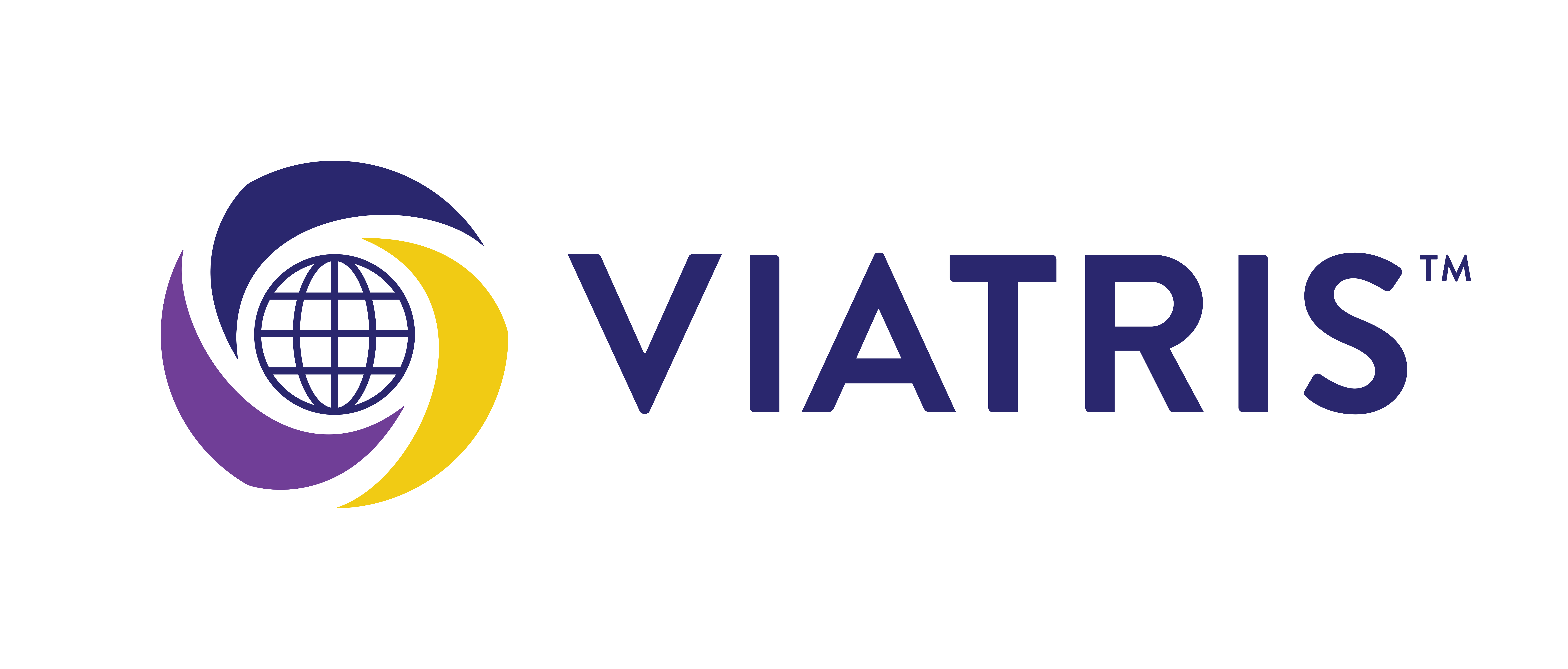PPARgamma-dependent effects of conjugated linoleic acid on the human glioblastoma cell line (ADF).
Int J Cancer. 2005 Dec 20;117(6):923-33. 
Conjugated linoleic acid (CLA) has been shown to exert beneficial effects against carcinogenesis, atherosclerosis and diabetes. It has been demonstrated that CLA modulates lipid metabolism through the activation of peroxisome proliferator-activated receptors (PPARs). The PPAR family comprises 3 closely related gene products, PPAR alpha, beta/delta and gamma, differing for tissue distribution, developmental expression and ligand specificity. It has also been demonstrated that activated PPARgamma results in growth inhibition and differentiation of transformed cells. These observations stimulated a great interest toward PPARgamma ligands as potential anticancer drugs to be used in a differentiation therapy. Glioblastomas are the most commonly diagnosed primary tumors of the brain in humans. The prognosis of patients with high-grade gliomas is poor and only marginally improved by chemotherapy. The aim of this work was to study the effects of CLA and of a specific synthetic PPARgamma ligand on cell growth, differentiation and death of a human glioblastoma cell line as well as on parameters responsible for the metastatic behavior of this tumor. We demonstrate here that CLA and PPARgamma agonist strongly inhibit cell growth and proliferation rate and induce apoptosis. Moreover, both treatments decrease cell migration and invasiveness. The results obtained show that CLA acts, directly or indirectly, as a PPARgamma activator, strongly suggesting that this naturally occurring fatty acid may be used as brain antitumor drug and as a chemopreventive agent. Moreover, the gamma-agonist, once experimented and validated on man, may represent a useful coadjuvant in glioblastoma therapy and in the prevention of recurrences. Copyright 2005 Wiley-Liss, Inc
Partneři

